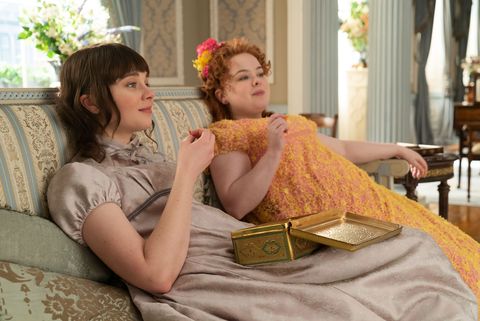As Britain is (we trust) approaching the end of this phase of the pandemic, the latest Ofcom report tells us about out lockdown viewing habits
Ofcom has published its annual report, Media Nations 2021. It’s a wealth of information on our viewing and gives a UK perspective on the global evolution of viewing habits. We walk through some highlights, but if you want more, it’s a very accessible document.
Lockdown viewing — the helicopter view
We can do no better than quote Yih-Choung Teh, Ofcom’s Group Director, Strategy and Research:
TV and online video have proved an important antidote to lockdown life, with people spending a third of their waking hours last year glued to screens for news and entertainment.
The pandemic undoubtedly turbo-charged viewing to streaming services, with three in five UK homes now signed up. But with subscriber growth slowing into 2021 and lockdown restrictions easing, the challenge for the likes of Netflix, Amazon and Disney will be to ensure a healthy pipeline of content and keep customers signed up.
It echoes a lot of messages we’ve picked up in the past six months, and it’s these challenges we are most focussed on (eg the implications of the recent Netflix financials.)
And some details

The report quickly gets jargon rich. You can always refer to our guide, but if not, you’ll encounter VOD (Video on Demand), which includes: Broadcaster Video on Demand (BVoD) such as iPlayer and ITV Hub; SVoD (Subscriber Video on Demand) such as Netflix, Prime and Disney+. There’s more, but this has you covered for most of the report.
Interesting data includes how much time we spent watching TV; key findings include:
With people across the UK under some form of lockdown restrictions for most of last year, more than 2,000 hours of it were spent watching TV and online video. That’s a daily average of 5 hours and 40 minutes – 47 minutes more than in 2019
The change was mainly driven by people spending almost twice as much time watching subscription streaming services (one hour and five minutes per day) such as Netflix, Amazon Prime Video and Disney+.
There are huge contrasts in demographics, with 16-34s spending far more time on both YouTube and gaming. We see Netflix moving towards gaming, but so far the SVOD brands are resisting taking advertising. [Prime advertises its own content, which we don’t count as it isn’t a revenue stream]
Streaming options

Another area we were intrigued by was the comparison of the BVoD and SVOD segments:
By April 2021, streaming service providers were offering UK viewers a combined total of over 115,000 hours of content. Amazon Prime video’s catalogue was the largest at over 41,000 hours, followed by Netflix at around 38,000. The combined content catalogues of All 4, BBC iPlayer, ITV Hub and My5 were narrowly short of this, at 37,000 hours.
In other words the UK viewer has access to a substantial volume of streamable content without subscription. The broadcasters consciously ramped up their content offering — will this remain? How far does it cut into the Britbox market? It’s all very interesting.
It also turns out 29/30 most streamed titles were on Netflix and Bridgerton was a huge success with 8.2 million homes watching it by the end of March 2021. We also watched a lot more comedy than the previous year.
Overall
There’s a lot of good information in the report, and if you like visual data rather than words, we suggest the interactive report is worth looking at. Whatever does happen in the industry, we’ll keep you informed, as ever.

